There are a lot of great smartphone options available at any given moment, so it can be a challenge to sort through them all if you’re trying to choose the absolute best one. The stakes here can’t be understated: your smartphone is the most important gadget in your life, and you’ll probably be living with the one you buy for at least a year, if not two or three.
Most of the time, there’s a phone that stands out from the pack in all the areas that matter: performance, value, camera, and support. And most of the time, that’s usually the most expensive phone on the market. But as it turns out, you don’t have to buy the priciest phone to get the best experience.
This guide focuses on the best phones on the market, also known as the premium tier. If you’re looking for something even lower cost than these picks, please check out our guide to budget smartphones.
This article was updated on June 14th, 2019.
The best phone for most people: Apple iPhone XR
:no_upscale()/cdn.vox-cdn.com/uploads/chorus_asset/file/13315987/akrales_181019_3014_0307.jpg)
Photo by Amelia Holowaty Krales / The Verge
Apple has three current phones to choose from, each with different characteristics and prices. The one that most people should buy is actually the least expensive of the three: the iPhone XR.
The XR has the same overall design, the same processor, the same wireless charging, the same second-generation Face ID system, the same front camera, and the same main rear camera as the pricier XS and XS Max, but for hundreds of dollars less. On top of all that, it has the best battery life of the three and comes in five different colors.
The most controversial thing about the XR is its display. At 6.1 inches, it sits in between the smaller XS and the larger XS Max, but the main difference is that it’s an LCD instead of an OLED. That means the borders around the screen are slightly larger, the blacks aren’t as deep, and the colors aren’t as vibrant as the pricier displays. But unless you put the XR next to a XS or XS Max, you’re not likely to ever notice those things. The other thing you’ll never notice is the fact that the XR screen has a lower resolution than the others, because it’s still sharp enough that you can’t see individual pixels with your naked eye. Overall, it’s a very good display that the vast majority of people will be thrilled with.
The XR also gives up the telephoto camera that’s available on the XS and XS Max, but that’s something most people won’t miss. The telephoto camera on those phones is inferior to the main camera and since the XR still has a portrait mode feature available, most people won’t miss it.
Since the XR has Apple’s latest smartphone processor, the A12 Bionic, it has extremely fast performance and fluid animations. Its large screen lets you see a lot of content at once and the faster Face ID system is better and more reliable than it was on last year’s iPhone X. But the thing that really sells the XR, aside from its price, is its stellar battery life. That lower-resolution display helps the XR power through a whole day much more confidently than either of the XS models. The two things that most people want from a new phone are better battery life and a bigger screen, and if you’re upgrading from an iPhone 6 / 7 / 8 device, the XR delivers on both fronts.
The biggest knock you can make against the XR is that, well, it’s not a very exciting phone. Even with a choice of six different color options, the XR is still the most utilitarian-feeling phone in Apple’s lineup. If you’re the type of person who gets excited about phones and wants the absolute best thing Apple has to offer, then you should probably pony up for a XS or XS Max. But the rest of us who just want a reliable, fast, long-lasting phone with an excellent camera will be very happy with the XR.
The base XR comes with 64GB of storage, but as usual with an iPhone, it’s not expandable, so we recommend buying the 128GB model. This is another advantage the XR has over the XS models — if you want to get more storage with those phones, you have to jump up to a 256GB model that costs more than the 128GB upgrade on the XR.
In all, the iPhone XR is perhaps the most impressive iPhone in years: it offers top-level performance, design, and camera features, while providing stellar battery life for less money than other options on the market.
8 Verge Score
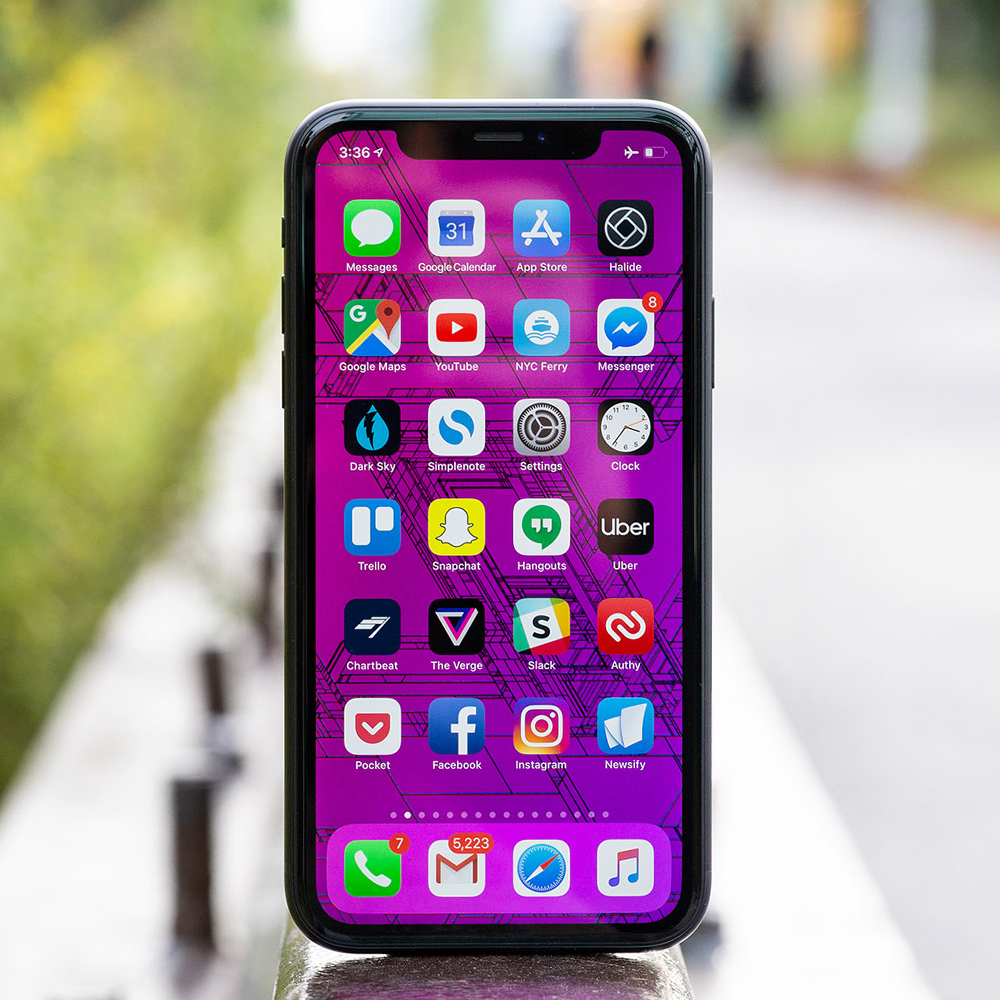
The best Android phone to buy: OnePlus 7 Pro
:no_upscale()/cdn.vox-cdn.com/uploads/chorus_asset/file/16257174/vpavic_190510_3415_0187.jpg)
Photo by Vjeran Pavic / The Verge
Last year we named the OnePlus 6T as the best Android phone to buy, and this year OnePlus is taking it again with the OnePlus 7 Pro. The 7 Pro combines eye-catching design with blistering performance, a unique, super-smooth display, and a versatile camera system. And like the 6T before it, the 7 Pro offers all of this for hundreds of dollars less than the competition.
The 7 Pro is a significant upgrade over the 6T, however, thanks in large part to its new 6.7-inch, 90Hz display. It’s a big, bright, pixel-dense OLED panel with a high-refresh rate that makes scrolling through apps or text buttery smooth. It also doesn’t have any notch or hole-punch cutout, even though it has barely any bezels surrounding it. That’s because OnePlus hid the front-facing camera in a pop-up module that actually rises up out of the phone’s frame when you want to take a selfie.
The 7 Pro’s highlights don’t end there, either. It’s perhaps the fastest Android phone on the market, thanks in part to that high-refresh screen, but also because it has a high-end processor and tons of RAM to work with. OnePlus’ software is also very fast and easy to use.
Where the 7 Pro falls short are in unsurprising areas: its three-lens camera system provides a variety of different perspectives and focal lengths to use, but it ultimately doesn’t take as good pictures as an iPhone, Google Pixel, or Samsung Galaxy S10. The 7 Pro also lacks any official water resistance rating and wireless charging, both of which are standard things on high-end phones at this point.
There have also been a number of reports of different issues with the 7 Pro’s touchscreen since it launched, including some that we’ve observed ourselves. OnePlus has been issuing software updates to the device to address many of the reported bugs, and we can confirm that the latest update at the time of this article’s publishing does fix the “phantom touch” issue on our review units.
Overall, unless you’re extremely particular about your camera or a wireless charging devotee, the 7 Pro’s speed, software, display, and price make it an easy winner.
8.5 Verge Score

OK cool, but I can’t do a giant phone: Samsung Galaxy S10E
:no_upscale()/cdn.vox-cdn.com/uploads/chorus_asset/file/15957298/akrales_190311_3263_0197.jpg) Photo by Amelia Holowaty Krales / The Verge
Photo by Amelia Holowaty Krales / The Verge
The one thing that might be an actual deal-breaker for some with the OnePlus 7 Pro is its size: it’s a giant, heavy phone that can be very hard to handle, especially if you’re the type of person to use your phone in one hand. Sadly, OnePlus doesn’t make a smaller version of it, but the Samsung Galaxy S10E is an excellent phone with compact proportions.
The S10E has great performance, a reliably good camera system, and a size that’s easy to manage, even if you have smaller hands. It has many of the same features as the more expensive (and larger) S10 and S10 Plus, such as wireless charging, IP68 water resistance, and even a headphone jack. The S10E is actually a little more expensive than the OnePlus 7 Pro at its regular price, but it’s not hard to find it on sale, which makes it a much better value.
8.5 Verge Score
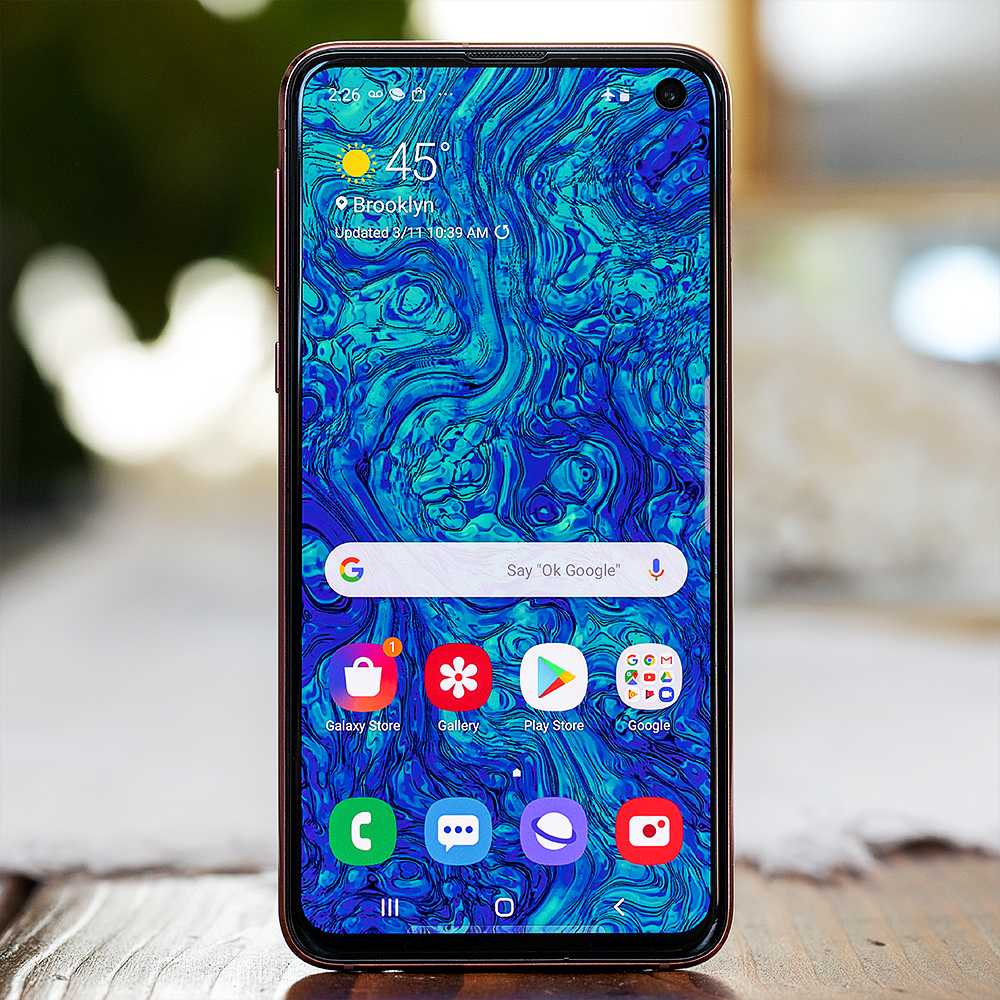
What about the Google Pixel 3?
Many Android fans will point to the Google Pixel line as the best option because it offers Google’s take on software and provides access to the latest versions of Android before any other phone. The Pixel 3 and 3 XL also have an excellent camera system, which stands above everything else.
But the Pixel 3 has been fraught with performance issues and bugs since its launch, and it has last year’s processor and a dated design. Even though you can now buy it at T-Mobile and Sprint in addition to Verizon, the OnePlus 7 Pro or Galaxy S10E provide a much better value and more modern experience than the Pixel 3 or 3 XL.
8.5 Verge Score
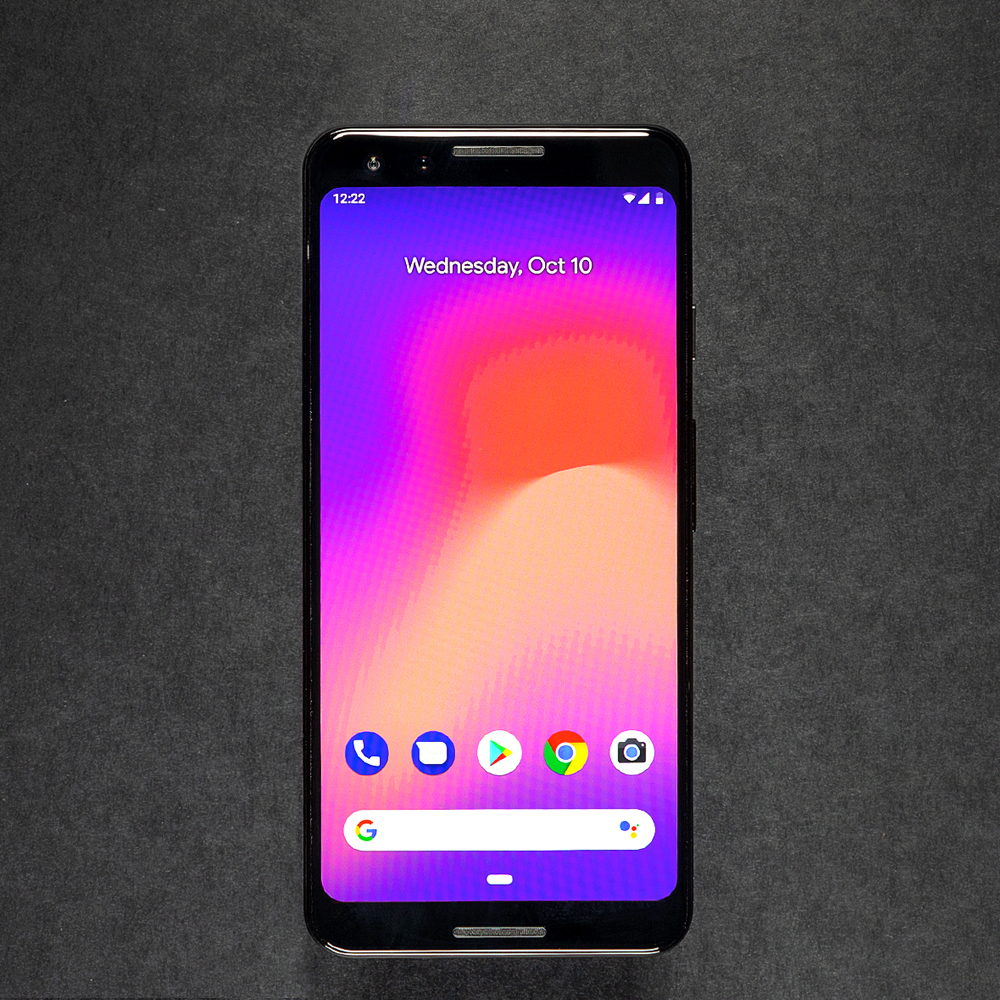
8.5 Verge Score
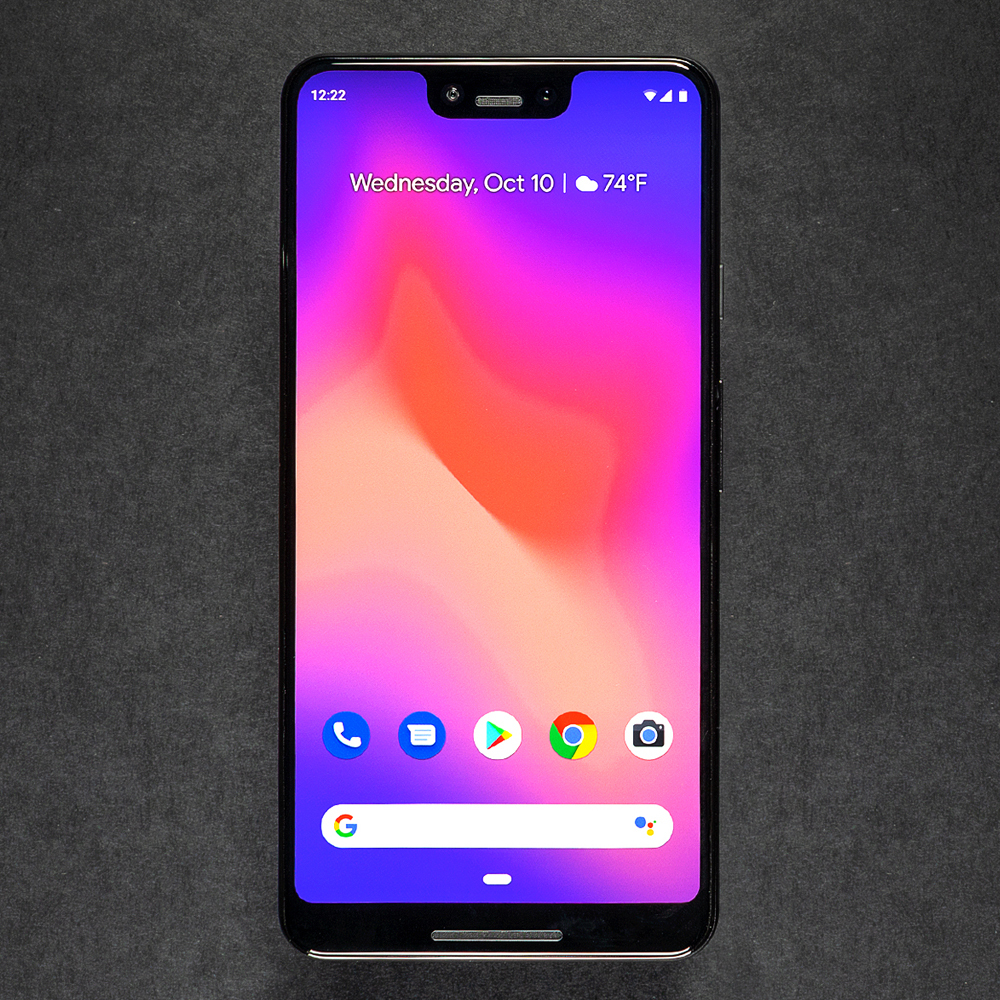
Other contenders
The smartphone market is littered with many other good devices, and depending on your particular wants or budget, there might be better options out there. We don’t consider any of them to be the best phone for most people, but they could be a better choice for you. Many of these phones have dropped in price since their launch, so depending on the deal, they may be more compelling than some of our main picks. But make sure you’re getting a good deal before pulling the trigger.
8.5 Verge Score

Good Stuff
- Terrific display
- Great speakers
- Long battery life
Bad Stuff
- Very good but not great camera
- Portrait Mode is extremely hit or miss
- Expensive
8.5 Verge Score
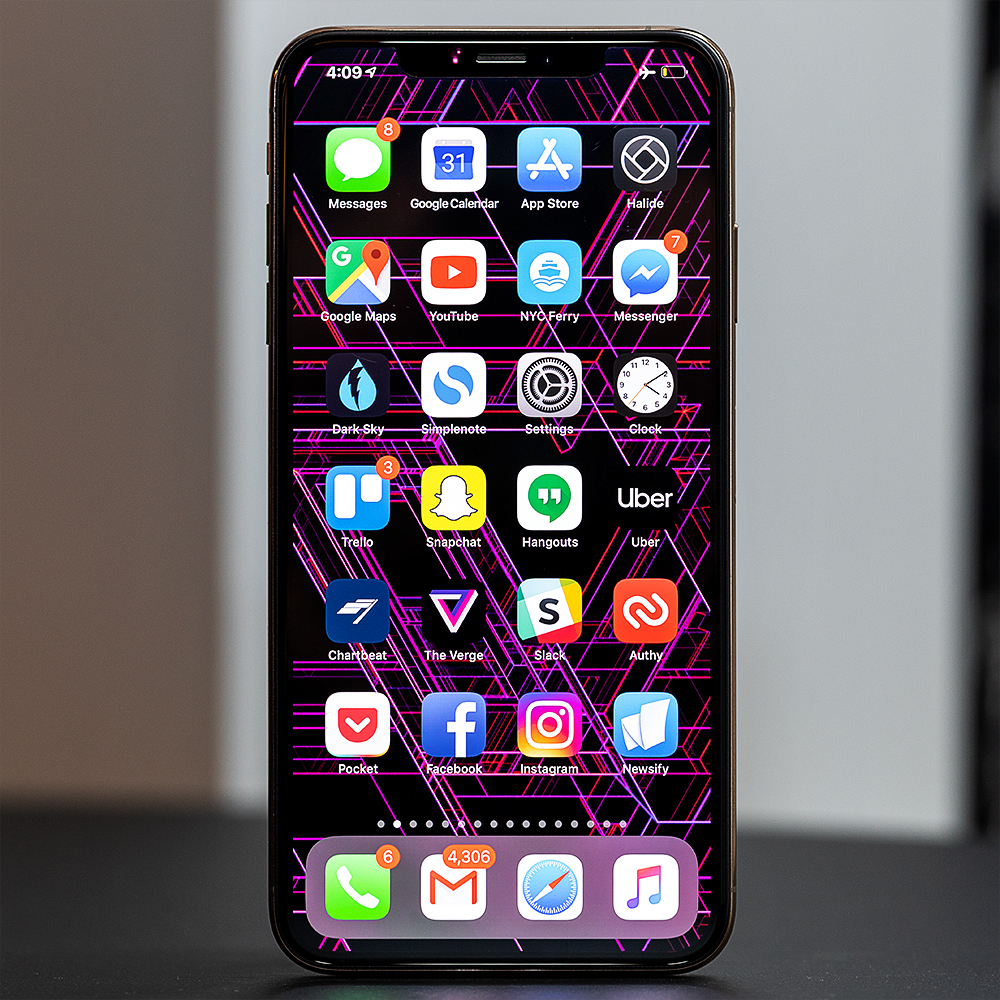
Good Stuff
- Terrific display
- Great speakers
- Long battery life
Bad Stuff
- Very good but not great camera
- Portrait Mode is extremely hit or miss
- Expensive
- If you buy a XS Max, you might have to say “iPhone XS Max” out loud
8 Verge Score
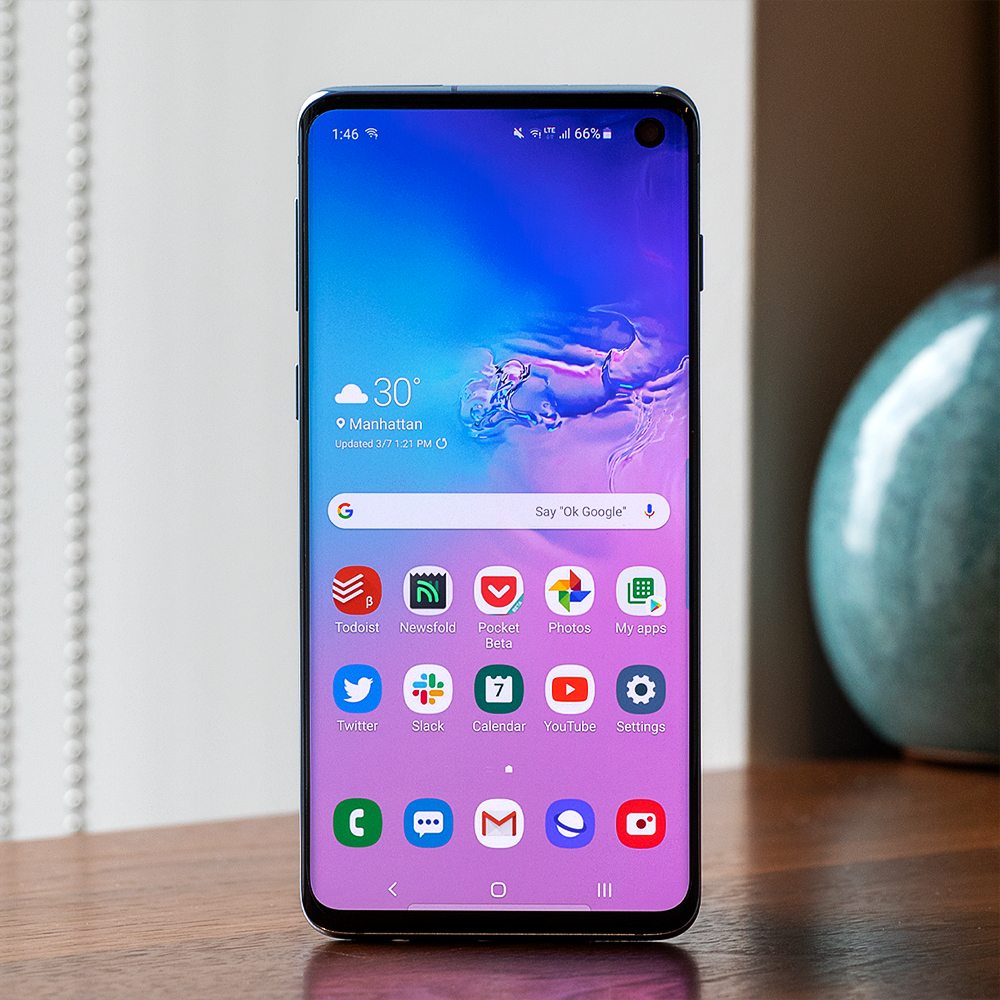
Good Stuff
- Excellent display
- Fast performance and good battery life
- Versatile camera system
- A headphone jack
Bad Stuff
- New in-screen fingerprint scanner is slower and more finicky than older ones
- Camera performance is not as good as Pixel in low light
- Slow software update schedule
8.5 Verge Score

Good Stuff
- Excellent display
- Fast performance and strong battery life
- Versatile camera system
- A headphone jack
Bad Stuff
- New in-screen fingerprint scanner is slower and more finicky than older ones
- Camera performance not as good as Pixel in low light
- Slow software update schedule
8.5 Verge Score

Good Stuff
- Gorgeous, vibrant, bright, big display
- Fast performance
- True all-day battery life
- Lots of storage, even in the base model
Bad Stuff
- High price tag
- Large, unwieldy size
- Duplicate apps and extra features that don’t add much value
8 Verge Score
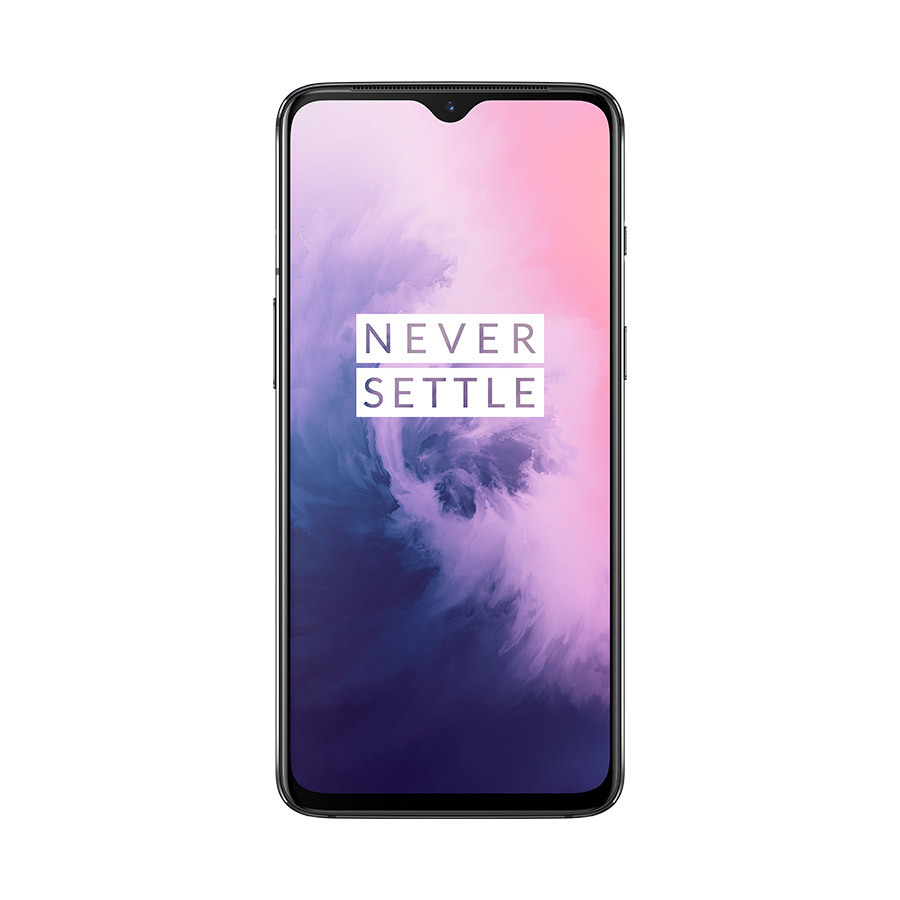
Good Stuff
- Good ergonomics for a large phone
- Buttery-smooth performance
- Pretty display
- Strong battery life
Bad Stuff
- No wireless charging or waterproofing
- Faces tough competition from Google’s Pixel 3A
- Mirror finish is a fingerprint nightmare
- Camera bump is annoyingly prominent
8 Verge Score
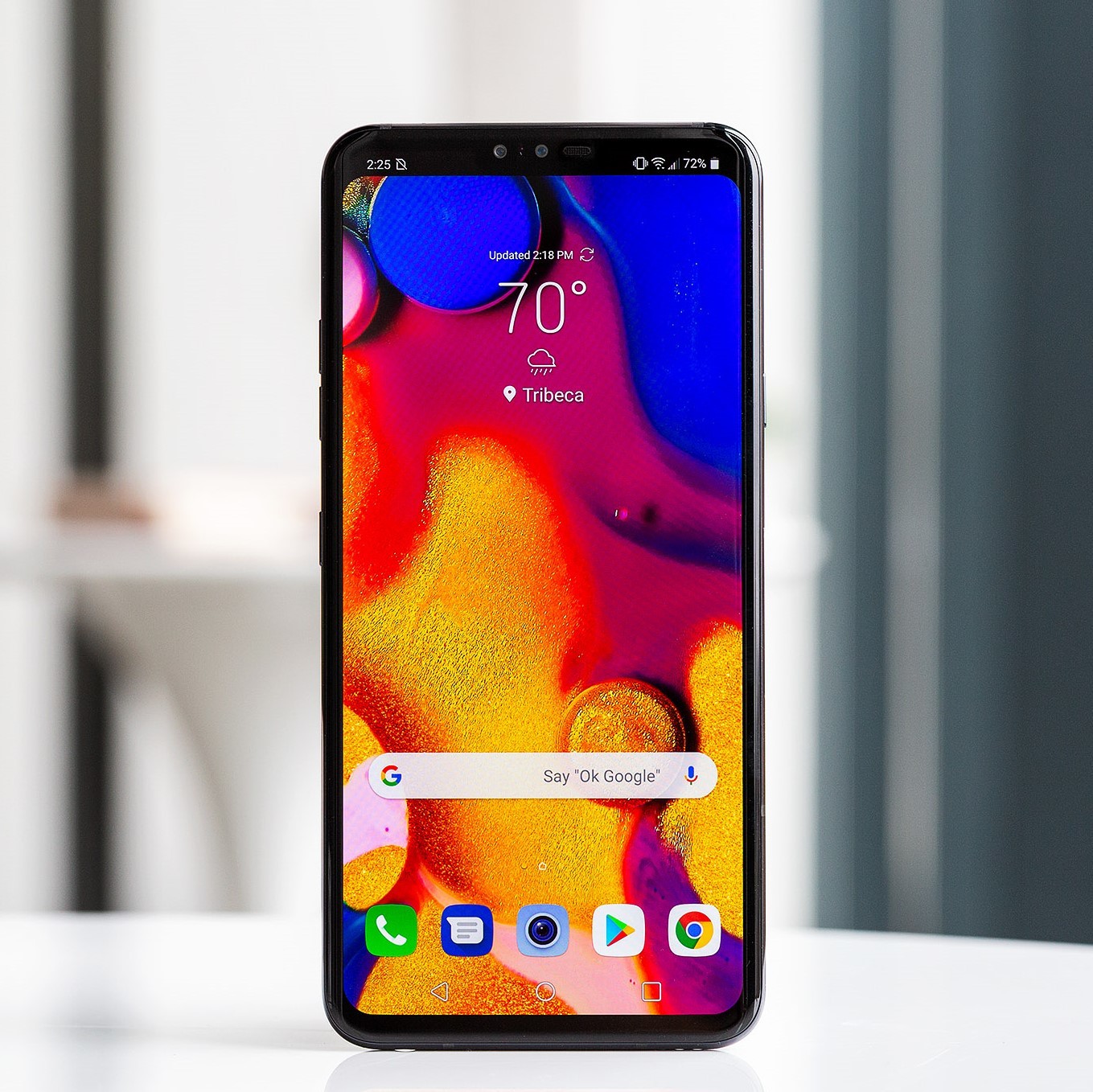
Good Stuff
- Versatile camera system
- Fast performance
- Reliably strong battery life
Bad Stuff
- All-glass design scratches easily
- Cameras aren’t as high-quality as competitors
- LG is still slow with software updates
6.5 Verge Score
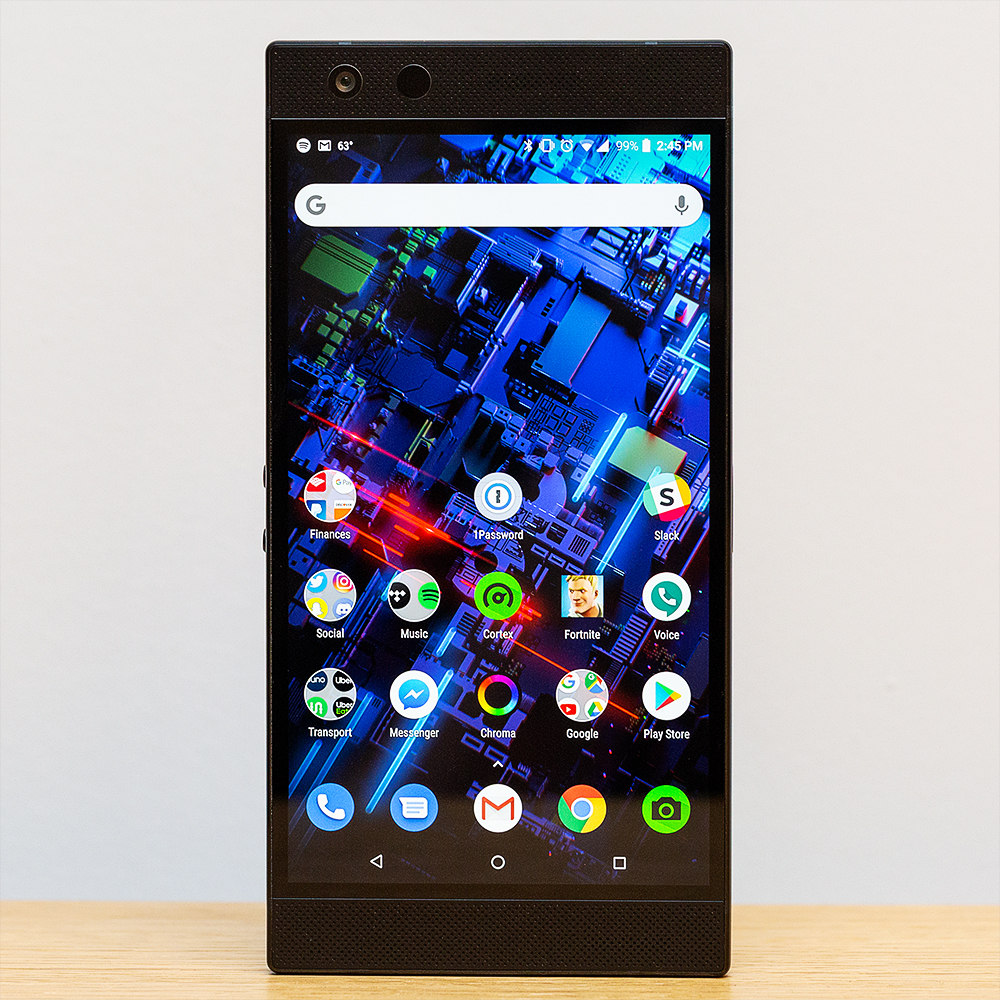
Good Stuff
- Smoothest display on any current Android phone
- Best speakers on any current Android phone
- A light-up Chroma logo
Bad Stuff
- Cameras are (still) a miss
- Brick design is unwieldy
- Gets warm playing videos / games
6.5 Verge Score

Good Stuff
- Comfortable to hold
- Quad DAC yields great sound quality
- Face Unlock is fast and easy
- Improved battery capacity
Bad Stuff
- Piezoelectric earpiece replacement isn’t loud enough
- May not receive timely software updates
- Hand ID and Air Motion are gimmicky and don’t always work
3 Verge Score
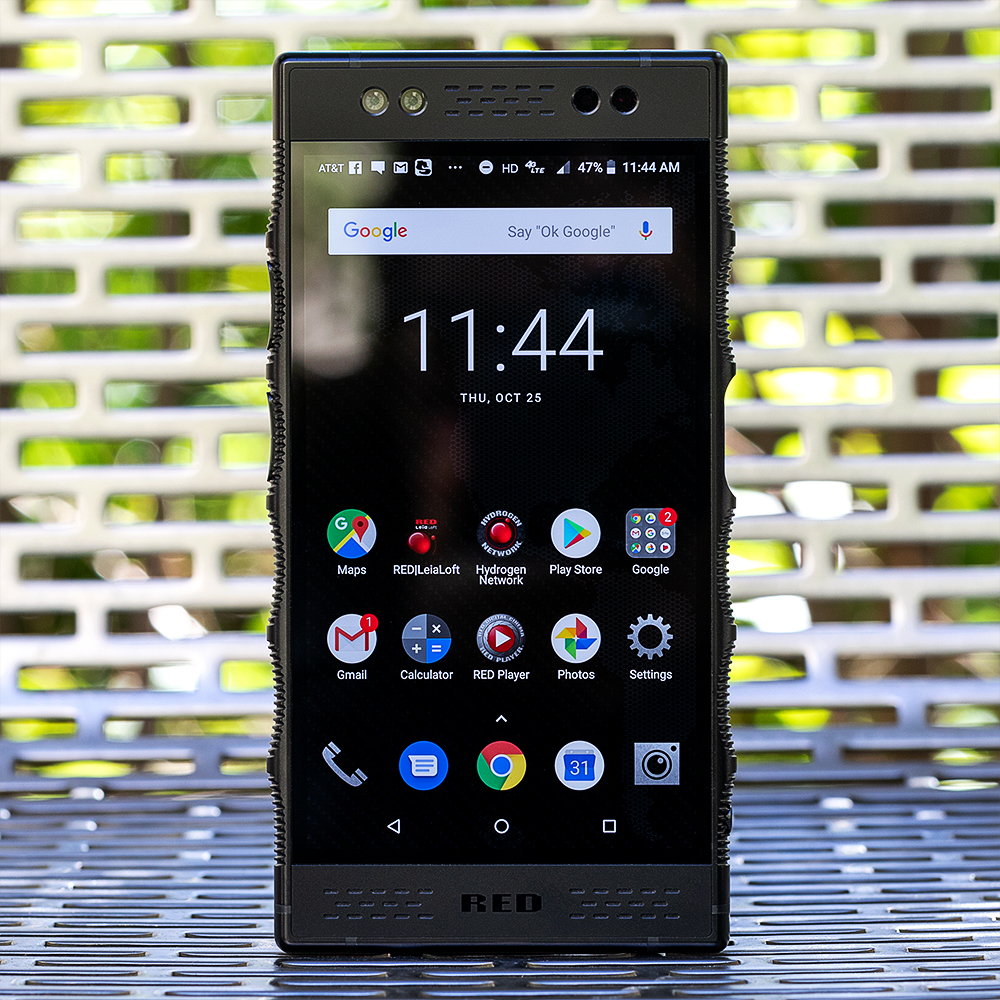
Good Stuff
- Unique design
- Huge, long-lasting battery
- Tries something new
Bad Stuff
- Holographic display is blurry and bad
- No accessories yet for expansion pins
- Phone is huge and bulky
- Large bezels around sub-par display
- Little 3D content
- Last year’s processor
- Falls far short of other $1,000+ phones
 info@businessghana.com
info@businessghana.com


:no_upscale()/cdn.vox-cdn.com/uploads/chorus_asset/file/13315987/akrales_181019_3014_0307.jpg)

:no_upscale()/cdn.vox-cdn.com/uploads/chorus_asset/file/16257174/vpavic_190510_3415_0187.jpg)

:no_upscale()/cdn.vox-cdn.com/uploads/chorus_asset/file/15957298/akrales_190311_3263_0197.jpg) Photo by Amelia Holowaty Krales / The Verge
Photo by Amelia Holowaty Krales / The Verge

























